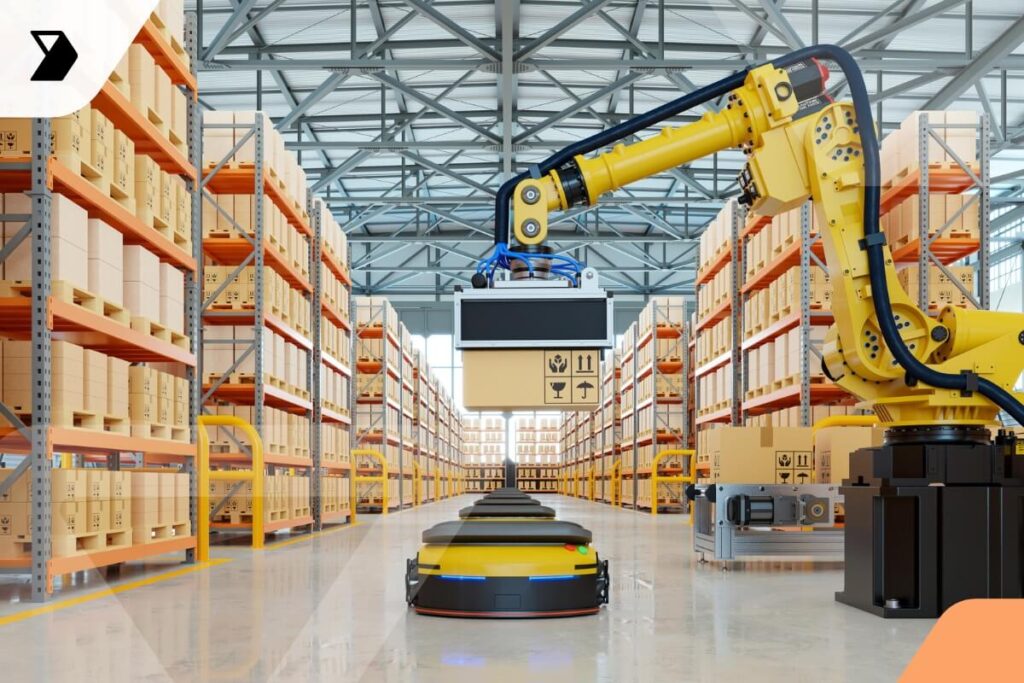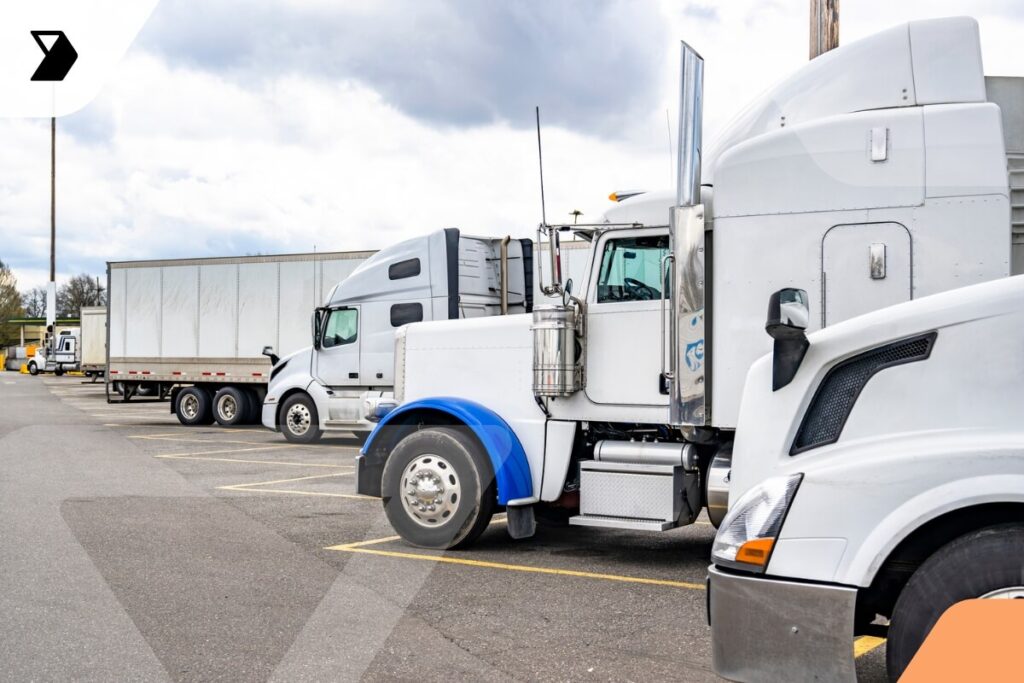Filling Supply Chain Visibility Gaps Yard Management’s Role
Supply chains have become the backbone of global commerce. From the moment a product is manufactured to its final delivery, countless moving parts work in harmony to ensure its successful journey.
Ready to transform your supply chain?
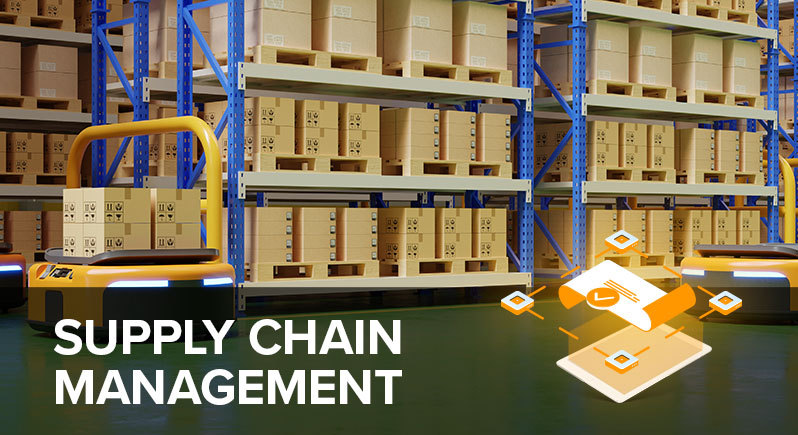
However, there are often hidden gaps that can cause disruptions, delays, and inefficiencies. That’s where yard management steps in to fill the supply chain visibility gaps and ensure smooth operations.
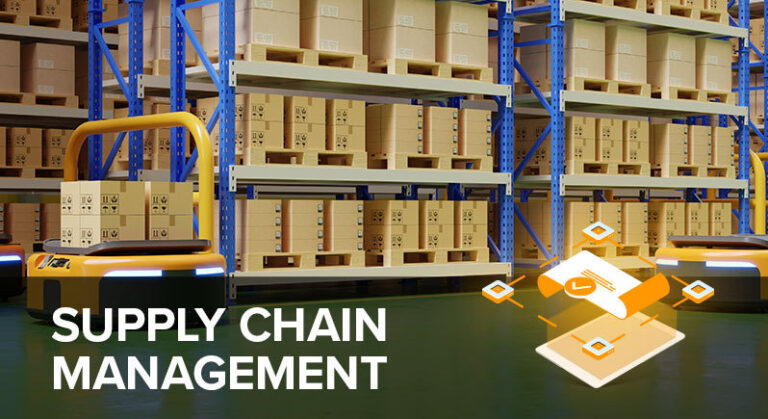
A yard management’s role may be considered an underdog in the whole supply chain visibility scenario but it is the one calling shots. When ignored, it can wreak havoc on operational efficiency and customer satisfaction.
If you are looking at fewer disruptions, lower costs, and boosted customer satisfaction, you need to work harder on your supply chain visibility loopholes. Sounds promising? Get down deeper into our article to know how an effective yard management system can bridge the visibility gaps in one.
Here is a glimpse of what value you will be getting from this article:
- Supply chain visibility in depth
- Identifying supply chain visibility gaps
- How effective yard management can fill these gaps
- Role of Vector in filling supply chain visibility gaps
- How beneficial supply chain visibility is and the potential risks of delaying it
First Up: What Is Supply Chain Visibility?
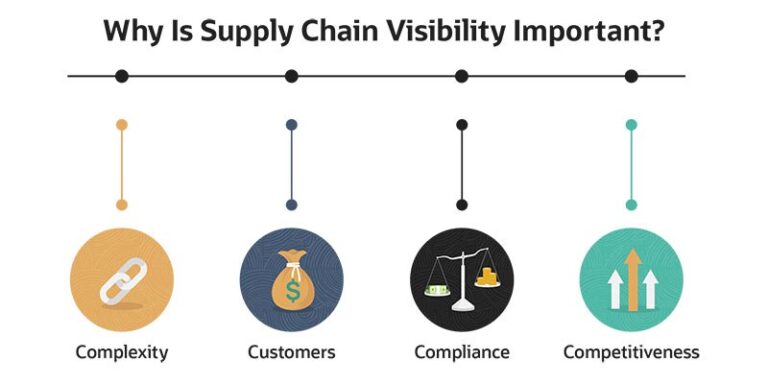
Supply chain visibility is having the right information to find the fastest and most cost-effective route for transporting goods from one location to another. It involves gathering all the necessary details along the supply chain to help in the process, particularly when unforeseen events or challenges arise.
Today, companies are streamlining the overall visibility of their supply chain by using various digital tools and mobile technologies. By using cutting-edge solutions, companies can have a much easier time meeting deadlines, moving products, driving sales, and maintaining overall positive customer experiences. As a result, they have an easier time profiting and staying in business.
One of the top reasons companies are investing in supply chain visibility is because of the Amazon Effect. In simple words, Amazon has created a scenario where customers today have come to expect products on their terms – with accurate on-time deliveries.
It’s amazing how the Amazon Effect has shaken up the business world. They’ve raised the bar so high that customers now expect nothing less than accurate, on-time deliveries. Gone are the days when we were content with vague delivery estimates or waiting for weeks on end for our packages to arrive.
This seismic shift in customer expectations hasn’t gone unnoticed by companies around the globe. In fact, 44% of companies contend that Amazon is having a dramatic effect on their logistics and supply chain operations.
So as the Amazon Effect continues to reshape the business landscape, companies are rolling up their sleeves and diving headfirst into the world of supply chain visibility. Investing in it enables companies to gain insights into their inventory, transportation, and overall supply chain processes. With this visibility, they can optimize their operations, minimize disruptions, and enhance their ability to meet customer demands.
Different Types Of Supply Chain Visibility
Supply chains can be very complex. As such, there’s no single way to approach the overall visibility. Rather, you can track products and processes using a variety of criteria, like:
- Batch number
- Supplier information
- Date of manufacture
- Safety and legal certification
In addition, supply chain visibility can now also encompass transportation efficiency. You can now access granular data on items as they move from manufacturing centers to warehouses and delivery points.
Now that we have a clear understanding of supply chain visibility, let’s turn our attention to identifying 5 critical supply chain visibility gaps to learn their impact on the efficiency.
Identifying 5 Critical Supply Chain Visibility Gaps
When it comes to supply chain management, it’s important to keep an eye out for potential visibility gaps that can cause hiccups in your operations. These gaps can prevent you from having a clear picture of what’s happening throughout your supply chain, leading to inefficiencies and disruptions.
So let’s get started and uncover these visibility gaps one by one.
01. Lack Of Real-Time Tracking & Monitoring Capabilities
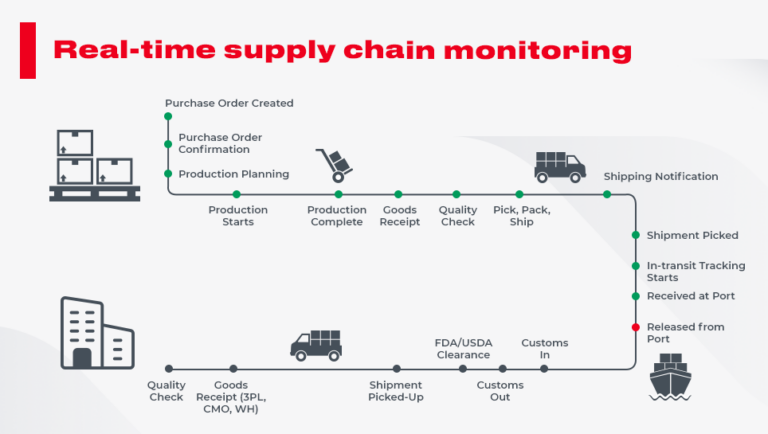
Traditional supply chain systems often rely on manual data entry, batch processing, and delayed updates. These outdated methods fail to provide accurate, up-to-date information, causing a lack of visibility at crucial stages of the supply chain process.
Without real-time visibility, supply chains become more vulnerable to disruptions. The inability to identify potential risks in advance leaves companies ill-prepared to mitigate them promptly, increasing costs and dissatisfied customers.
In the absence of timely visibility, decision-makers are forced to rely on historical data or guesswork, making their actions reactive rather than proactive. Real-time information empowers supply chain managers to make data-driven decisions, identify performance gaps, and take immediate corrective actions to optimize operations.
Remember, real-time tracking and monitoring capabilities are not just nice-to-haves anymore – they are must-haves in today’s fast-paced, customer-driven market.
02. Insufficient Transparency In Supplier Networks & Activities
A significant challenge faced by supply chain networks is the limited visibility into the operations and practices of their suppliers. This poses potential risks to the entire supply chain. Lack of knowledge about the suppliers’ financial stability, production capabilities, or adherence to quality standards causes disruptions, product defects, or compliance issues.
In today’s socially conscious business environment, companies are increasingly expected to ensure ethical practices throughout their supply chains. Without visibility into supplier networks, it becomes challenging to identify and address ethical issues such as forced labor, environmental violations, or unethical sourcing practices.
Insufficient transparency also makes it difficult to track and verify compliance with legal requirements, industry standards, and certifications.
03. Limited Visibility Into Inventory Levels & Stock Availability
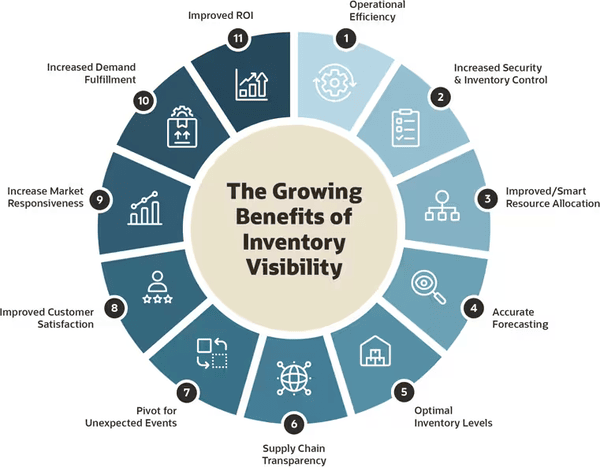
Limited visibility into inventory levels can result in stockouts, causing lost sales, dissatisfied customers, and potential damage to the company’s reputation. On the other hand, without clear visibility, supply chain leaders may overestimate demand and maintain excessive inventory levels. This ties up capital, occupies storage space, and increases carrying costs.
Additionally, limited visibility into inventory levels can negatively impact supply chain planning and scheduling. Without accurate information on stock availability, supply chain leaders can face challenges in aligning supply with demand, resulting in inefficient resource allocation within the supply chain network, longer lead times, and potential production delays.
04. Incomplete Or Inaccurate Data Sharing & Communication Among Supply Chain Partners
Incomplete or inaccurate data sharing hampers the ability of supply chain partners to quickly adapt to changes in market dynamics or customer demands. Without up-to-date information, you may struggle to make timely adjustments to production schedules, inventory levels, or distribution plans.
Also, without accurate visibility into demand forecasts, inventory levels, or supplier capabilities, supply chain partners can engage in unnecessary production runs, excessive inventory stocking, or expedited shipments, causing higher expenses and wasteful use of resources.
When supply chain partners can’t provide accurate information or meet commitments because of communication gaps, trust and confidence within the supply chain ecosystem may erode. It also hinders the ability of supply chain partners to identify opportunities for joint initiatives, process improvements, or new product development.
05. Inadequate Visibility Into Transportation & Logistics Operations
Without real-time updates on shipment status and location, a supply chain manager faces difficulties in coordinating activities, managing exceptions, and optimizing delivery routes. Inadequate visibility also increases transportation and logistics costs. If you don’t have accurate information on the shipment status, you may resort to expedited shipping or alternative routing, resulting in higher expenses.
Inefficient resource utilization, such as underutilized truck capacity or inefficient warehouse operations, can also occur due to a lack of visibility. It also hampers supply chain adaptability to changing circumstances. Without real-time insights into transportation and logistics operations, supply chain managers may struggle to adjust their plans and respond to unexpected events such as natural disasters, labor strikes, or supply chain disruptions.
All this eventually boils down to one thing – lack of customer satisfaction. If supply chain professionals don’t have accurate updates on delivery status or estimated arrival times, they will struggle to provide customers with reliable information. This causes missed expectations, delayed shipments, and customer dissatisfaction.
Now that we are familiar with the most common supply chain visibility gaps, let’s look at how yard management can bridge these gaps and ensure seamless visibility throughout the supply chain.
How Efficient Yard Management Can Help Fill Supply Chain Visibility Gaps
In the complex and interconnected world of global supply chains, one area that plays an important role in filling these visibility gaps is efficient yard management. Let’s explore the implications of yard management in improving supply chain visibility.
01. Enhanced Real-Time Visibility
Efficient yard management gives you real-time visibility into the movement and location of assets within the yard. By implementing automated tracking systems, such as RFID or GPS technologies, you can monitor the status of shipments, equipment, and inventory in real time.
This increased visibility allows for proactive decision-making, quicker response times, and improved coordination between different stakeholders within the supply chain network.
02. Streamlined Yard Operations
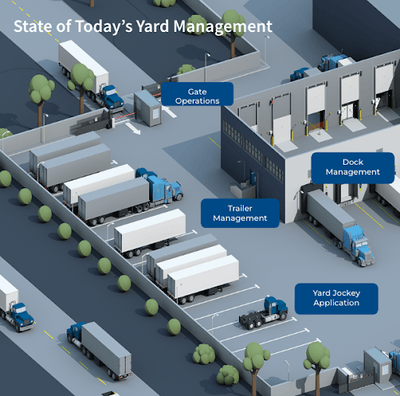
Systematic yard management practices streamline yard operations, reducing congestion, optimizing space utilization, and minimizing delays. By utilizing yard management software and automation tools, you can efficiently allocate parking spots, dock doors, and equipment.
This streamlining of operations not only improves throughput and reduces wait times but also enables better tracking and management of assets within the yard, increasing supply chain visibility.
03. Improved Collaboration & Coordination
Structured yard management facilitates better collaboration and coordination among supply chain partners. By implementing a centralized yard management system, stakeholders can share real-time data on inbound and outbound shipments, trailer availability, and loading/unloading status.
This shared visibility allows for synchronized activities and effective communication, reducing errors, improving productivity, and enhancing overall supply chain performance.
04. Enhanced Data Accuracy & Reporting
Efficient yard management systems capture and provide accurate real-time data, allowing for comprehensive reporting and analysis. You can leverage this data to identify bottlenecks, measure KPIs, and make data-driven decisions. With improved data accuracy and reporting capabilities, you can identify trends, forecast demand, and optimize yard operations to meet customer needs more effectively.
05. Proactive Issue Resolution
With well-synchronized yard management, you can proactively identify and resolve issues that could impact supply chain visibility. Real-time data and analytics help identify potential bottlenecks, such as congested areas, equipment breakdowns, or inefficient workflows.
By identifying these issues early on, you can take proactive measures to resolve them for smooth operations and to minimize disruptions.
06. Better Customer Service
Increasing supply chain visibility and enabling accurate delivery estimates, efficient yard management positively impacts customer service. Real-time data on the shipment status, including arrival and departure times, allows supply chain managers to provide customers with timely updates. This transparency builds trust, enhances customer satisfaction, and fosters long-term relationships.
How Vector’s YMS Enhances Your Supply Chain Visibility
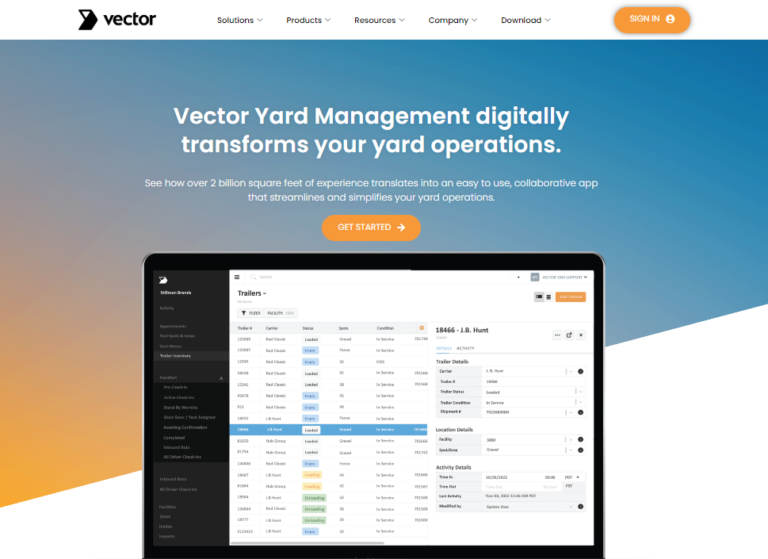
Vector’s YMS offers highly customizable mobile solutions you can use to digitize all aspects of supply chain management. Let’s discuss the ways Vector’s YMS enhances your supply chain visibility.
01. Real-Time Monitoring
Vector’s YMS offers real-time monitoring capabilities to track and manage your yard operations efficiently. Our system provides up-to-the-minute information on the location, status, and movement of assets within the yard. By using Vector’s advanced asset tracking technologies, you can precisely locate trailers, containers, and other assets in real time, eliminating guesswork and manual searches.
02. Efficient Yard Planning
Vector’s YMS helps you visualize the yard layout, assign appropriate locations for assets, and optimize the flow of goods within the yard. This enhanced visibility into yard operations reduces congestion, minimizes delays, and maximizes yard capacity utilization.
03. Streamlined Gate & Dock Management
Vector’s YMS simplifies gate management processes, ensuring smooth and efficient entry and exit of assets from the yard. The system provides gate operators with real-time visibility into scheduled arrivals, departures, and available resources. By automating check-in and check-out procedures, you can reduce wait times, eliminate paperwork, and enhance overall productivity.
Our solution also provides real-time visibility into the availability of docks within the facility.
It leverages advanced algorithms and business rules to intelligently assign docks to incoming shipments. Based on predefined criteria, our system determines the most appropriate dock for each shipment.
04. Digitization Of Bills Of Lading
Our app makes it super easy to switch from paper bills of lading to digital ones. Drivers can quickly scan a paper BOL using their smartphone or tablet and instantly upload it to the cloud. No more manual data entry or dealing with the hassles of traditional paperwork.
Vector simplifies the process of handling BOL documents by seamlessly integrating with your warehouse management system. Our solution can ingest your existing BOLs through email, SFTP, or API integration.
With Vector’s yard management system, you can enjoy an end-to-end digital trail for all your records and information. Everything is stored digitally in a secure online file cabinet. This centralized repository makes it incredibly easy to search, organize, and access your documents whenever you need them.
05. Data Analytics & Reporting
Vector’s YMS incorporates powerful data analytics and reporting functionalities that provide valuable insights into yard operations and can increase supply chain visibility. The system collects and analyzes data from various sources, generating comprehensive reports and dashboards.
These visual representations of KPIs and metrics allow you to identify trends, measure performance, and make data-driven decisions. By leveraging these analytics, you can continuously improve your supply chain visibility, optimize processes, and drive operational excellence.
3 Must-Know Benefits Of Supply Chain Visibility
There are numerous benefits to investing in technologies that are focused on the visibility of your supply chain, such as sensors and mobile apps. Let’s see why supply chain visibility is important.
1. Reduced Risk
It’s easy for enterprises to lose track of their overall supply levels when they lack end-to-end visibility and insight. That’s because inventory levels can often fluctuate rapidly based on demand, making it hard to fulfill orders.
When companies can’t fulfill orders, it can cause significant shipping delays. This is particularly difficult during busy times of the year, like around the holidays, when orders need to be sent urgently.
Visibility solutions over your supply chain now often use artificial intelligence (AI) to predict future demand and automatically make purchasing adjustments. In turn, this reduces the likelihood of companies running out of items while also helping businesses avoid purchasing too much inventory.
2. Improved Communication
Further problems can arise when global teams lack real-time insight across the supply chain, making it harder to make timely decisions. Communication breakdowns and data silos can make it impossible for supply chain partners to plan accordingly and make appropriate shipping arrangements.
For example, imagine a partner executing a deal that requires an immediate shipment for a particular product. Unfortunately, it turns out that the item is on backorder for 6 months. As a result of this oversight, the partner is on the hook for the shipment – a difficult position to be in.
Companies can avoid this by providing instantaneous access to systems and data, resulting in seamless product movement from point to point with fewer mistakes. As such, stronger communication is one of the top benefits of gaining visibility over the entire process.
3. Enhanced Analytics
Data is the fuel of modern businesses. Today’s supply chain visibility solutions can provide a steady stream of data for teams, making it easy to track items and see how they’re moving en route to customers.
By analyzing supply chain data, companies can have a much better sense of how their supply chains are functioning. This fosters better decision-making over time and smoother overall operations.
For example, employees at a warehouse analyze their data and notice that certain shipments are in high demand for a big customer during the winter months. Using this information, they can choose to strategically move a large shipment of items closer to the customer’s location to reduce long-haul shipments, thereby making faster and more efficient deliveries.
The Risks Of Delaying Supply Chain Visibility
Of course, not every organization wants to hear about the need for supply chain visibility. Many old-school shipping companies still exist and many of them are skeptical about how technology can help drive stronger results.
Make no mistake about it: Companies that avoid or delay streamlining supply chain visibility will no longer be capable of competing in today’s increasingly automated and digitized environment. As competitors continue to invest in workflow automation and supply chain tracking, they will continue to speed up their operations. This in turn improves their chances of providing faster and more effective service.
It makes much more sense to join the digital revolution and invest in supply chain visibility now—before it’s too late. This is something that all manufacturing and shipping providers should take to heart.
Conclusion
Supply chain visibility is the backbone of efficient logistics and yard management emerges as a formidable force in filling the gaps that hinder its seamless flow. Efficient yard management serves as the missing link, providing real-time visibility, optimizing space utilization, and ensuring timely movement of goods.
With Vector’s yard management solution, you can bid farewell to the gaps that once plagued supply chain visibility. From real-time tracking and monitoring of trailers to intelligent allocation of yard space, Vector empowers you with end-to-end visibility and control.
Get in touch with us today to unlock the full potential of your supply chain with Vector’s yard management solution and experience a transformative shift towards enhanced visibility and operational excellence.
This post was written by Justin Reynolds. Justin is a freelance writer who enjoys telling stories about how technology, science, and creativity can help workers be more productive. In his spare time, he likes seeing or playing live music, hiking, and traveling.
Continue reading
Ready to transform your supply chain?
Increase efficiency and productivity. Say goodbye to delays, handwriting errors, and time-intensive manual data entry.

